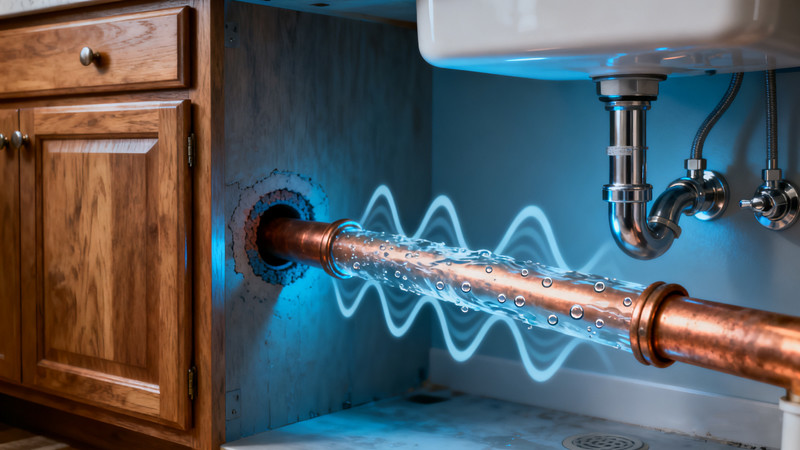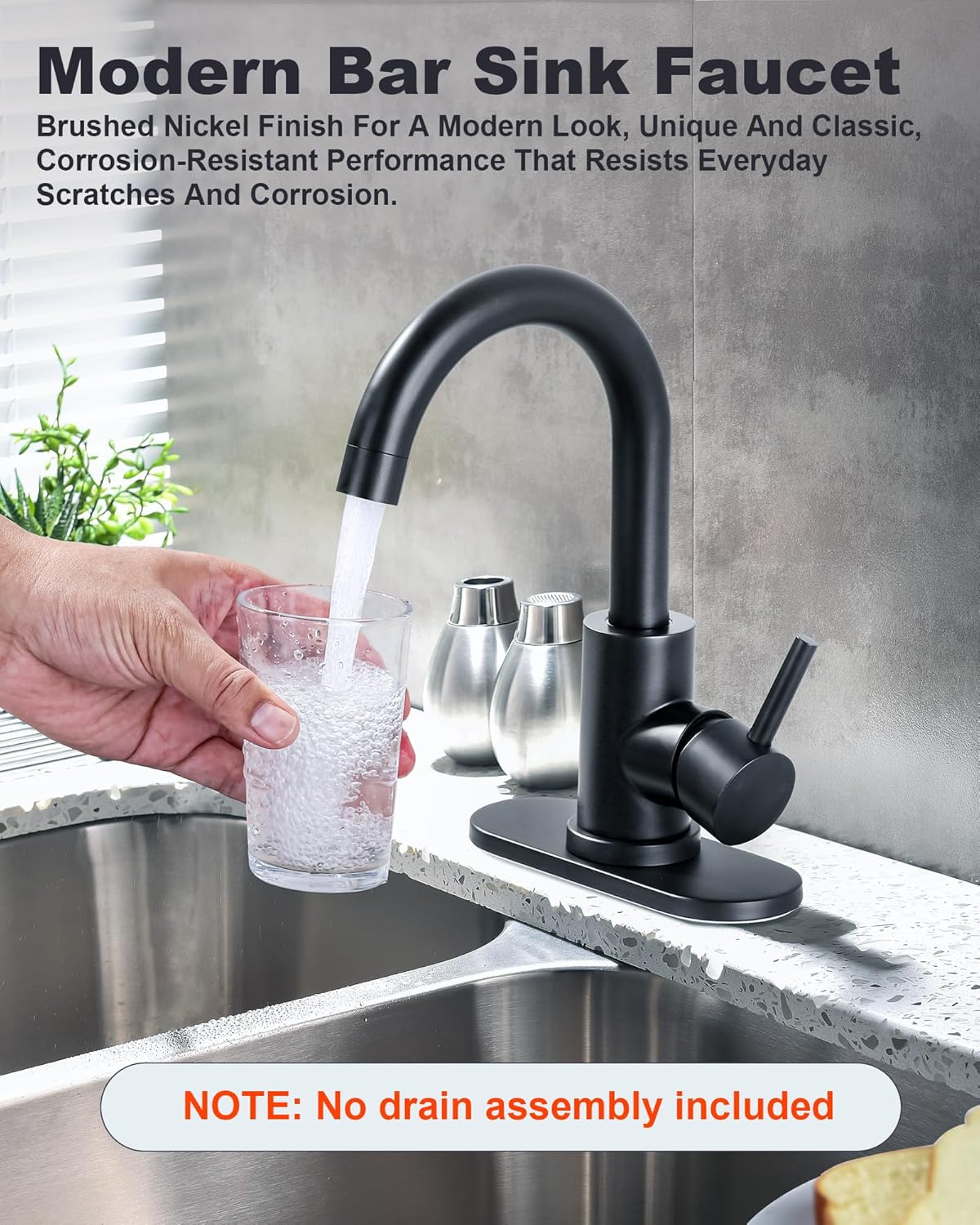Have you ever turned on your faucet and noticed an unusual vibration, rattling, or humming noise? While it might seem harmless at first, a vibrating faucet is actually a signal that something in your plumbing system isn’t quite right. These vibrations can be caused by a range of issues—from fluctuating water pressure to loose parts or even hidden plumbing defects. Understanding the causes and solutions can help you fix the problem early, prevent damage, and keep your faucet running smoothly.
In this post, we’ll explore the common reasons your faucet might vibrate when running, what each one means, and how you can fix it effectively.
1. Water Pressure That’s Too High
One of the most common reasons a faucet vibrates when the water is running is excessive water pressure.
When water pressure is too high—typically over 80 psi—it can cause pipes, valves, and faucet components to shake or vibrate as water rushes through too forcefully. This can also lead to noisy pipes, leaks, and premature wear on internal faucet parts.
How to Check
You can test your water pressure with an inexpensive pressure gauge that attaches to an outdoor faucet or laundry spigot. Ideal household water pressure should be between 40–60 psi.
If the pressure is higher, consider installing a pressure-reducing valve (PRV) near your main water line. This small device keeps water pressure consistent and protects your plumbing system.
2. Air Trapped in the Water Lines
If your faucet vibrates right after turning it on—especially after plumbing work or seasonal changes—there may be air trapped in the pipes. Air pockets can cause water to sputter or pulse, leading to a vibrating sensation and uneven water flow.
How to Fix
To clear air from the lines:
- Turn off your main water supply.
- Open all the faucets in your home, including outdoor ones, to drain the system.
- Once water flow stops completely, turn the main supply back on.
- Let water flow through each faucet for a few minutes to flush out remaining air bubbles.
This process, often called a system flush, helps restore smooth, steady water flow and eliminates vibrations caused by air.
3. Loose Faucet Parts or Mounting Hardware
Over time, faucet components—like the aerator, handle, cartridge, or mounting nuts—can loosen from daily use. When water flows through a loosely mounted faucet, it can vibrate or rattle against the sink.
Signs to Look For
- The faucet base moves slightly when touched.
- The vibrating sound stops when you hold the faucet firmly.
- You hear rattling near the handle or spout.
How to Fix
- Tighten the mounting nuts under the sink using a basin wrench.
- Check the aerator and spray head to ensure they are snugly attached.
- If the faucet still vibrates, inspect the cartridge or internal valve. Replacing worn parts can often solve the issue.
4. Washer or Valve Wear and Tear
In compression-type faucets, worn washers or valves can cause vibration as water passes through. As these components age, they lose elasticity, which can lead to uneven water flow or a chattering sound.
Fixing It
To address this, turn off the water supply, disassemble the faucet, and replace the rubber washers or valve seats. Most hardware stores sell inexpensive faucet repair kits that match standard sizes.
If you have a modern cartridge faucet, replacing the cartridge insert usually solves vibration problems related to internal wear.
5. Water Hammer and Pipe Movement
Sometimes the vibration isn’t caused by the faucet itself but by water hammer—a shockwave that occurs when water flow stops or changes direction suddenly. This creates a banging or vibrating sound through the pipes, often mistaken for faucet issues.
Why It Happens
When you turn a valve or appliance off quickly (like a washing machine or dishwasher), the sudden stop in flow creates pressure surges that make pipes shake.
Solutions
- Install water hammer arrestors near appliances or fixtures that trigger the noise.
- Use pipe straps or brackets to secure loose plumbing lines.
- If your home is older, adding air chambers or modern arrestors can help absorb shock and reduce vibration.
6. Mineral Buildup in the Aerator or Cartridge
Hard water can cause mineral deposits to form inside your faucet’s aerator, spray head, or cartridge. When buildup restricts water flow, it can create turbulence, leading to vibrations or pulsating water.
How to Clean
- Unscrew the aerator or spray head.
- Soak it in a mixture of equal parts vinegar and water for about 30 minutes.
- Rinse and scrub with a soft brush before reinstalling.
If vibration persists, clean or replace the faucet cartridge as well. Regular descaling every few months helps prevent these issues.
7. Changes in Temperature or Seasonal Effects
Temperature changes—especially during seasonal transitions—can make metal pipes and fittings expand and contract. As the plumbing shifts slightly, it may cause temporary vibration when hot or cold water runs through.
This effect is especially common in winter, when cold water causes pipes to contract, or summer, when higher temperatures expand them. While minor vibration from expansion is normal, consistent or loud noise may signal loose pipe supports or worn seals.
How to Prevent
- Insulate exposed pipes to minimize thermal stress.
- Secure any moving pipes with padded brackets.
- Check for leaks around joints or fittings.
8. When to Call a Professional
If you’ve tried the fixes above and the vibration continues, it may indicate a deeper issue such as:
- Faulty water pressure regulator
- Corroded internal faucet components
- Plumbing layout or pipe sizing problems
A licensed plumber can perform a detailed inspection using pressure gauges and acoustic tools to pinpoint the exact cause.
Final Thoughts
A vibrating faucet isn’t just a small annoyance—it’s often a warning sign of underlying plumbing issues. From high water pressure and trapped air to loose fittings or water hammer, identifying the cause early can prevent costly damage later on.
Regular maintenance, such as cleaning aerators, checking pressure, and tightening hardware, goes a long way in keeping your faucet steady and quiet. And if the problem persists, don’t hesitate to call a professional—because a smooth, silent faucet is one of those small comforts that makes your daily routine a lot more pleasant.
 iVIGA Faucet Online Shop
iVIGA Faucet Online Shop


